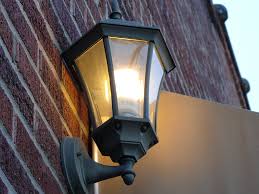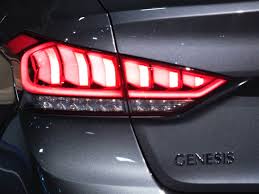The lighting industry has advanced tremendously since we started using LED light bulbs in our hoseholds, institutions, cars and basically anywhere else we used to put the traditional Incandescent and fluorescent light bulbs.
Known for their energy saving, efficiency and lifespan, there’s much more to LED light bulbs than meets the eye. The whole circuitry is different and the mechanism that converts electricity to light is different.
These light bulbs produce digital light from light emitting diodes onside the bulb. This makes them almost completely different from the other light bulbs and with these differences, come advantages and a few disadvantages of these LED light bulbs.
Advantages of LED Light Bulbs
Efficiency:
LED light are efficient in every aspect of the word. They consume 90% less power than the Incandescent light bulbs, and around 50% less than fluorescent bulbs. They are also more durable and they last longer than their counterparts so you don’t need to keep buying these bulbs.
Lifespan:
Most LED light bulb producers claim that their bulbs can last up to 100,000 hours but from the multiple tests carried out, it’s been noted that their lifespan is 25,000 hours on average. This is still an overkill when it comes to light bulbs longevity. Compared to 1,200 hours and 8,000 hours for Incandescent and fluorescent bulbs respectively, there’s a clear advantage on LED’s.
Durability:
The different mechanism and circuitry inside LED bulbs makes them more resistant to shock, vibration and external impacts than the other bulbs. The diodes inside the LED light bulbs are rugged and steady compared to the weak filament inside Incandescent bulbs or the delicate glass containing gas in fluorescent bulbs.

Low Maintenance:
LED light bulbs are well known as low maintenance bulbs because of their durability and lifespan. You hardly ever need to replace them at home, send out crew to keep replacing bulbs, or spending time at the garage to replace burnt out headlights.
Eco-Friendliness:
Apart from their durability and lifespan which immensely contribute to a greener future, LED lights don’t contain and harmful substances like the mercury contained in fluorescent bulbs. They are also 100% recyclable.
Instantaneous switch-on:
LED bulbs produce digital light which is instant. On the contrary, incandescent rely on heating the filament until it glows to produce light; therefore they take slightly longer to light up especially in very cold places. In cases where you need the light to shine as quickly as possible like in brake lights, you need LED light bulbs.

Design Flexibility:
Like I had mentioned earlier, the circuitry in an LED bulb is very different fro the other bulbs. It mainly contains wires and small light emitting diodes. The makes the bulbs flexible when it comes to design. You will find LED bulbs of almost any shape and size in the stores.
Better Color:
Incandescent and fluorescent bulbs have always come in different colors. The light produced was the same but the outer glass was painted different colors to give buyers different light colors. Although this worked, LEDs are doing a better job. The light emitting diodes be blended together to produce millions of color options and this gives more saturated and crisp color to the light.
Disadvantages of LED Light Bulbs:
Costly:
LED light bulbs are more expensive compared to their counterparts. While you’re getting value, you will have to dig deeper into your pockets. This can be inconveniencing especially if it was unplanned.
Lower Light:
LED light bulbs are said to produce lower light compared to incandescent light bulbs. While they are efficient and use low power, you need more of them to produce light produces by one or fewer incandescent bulbs.

